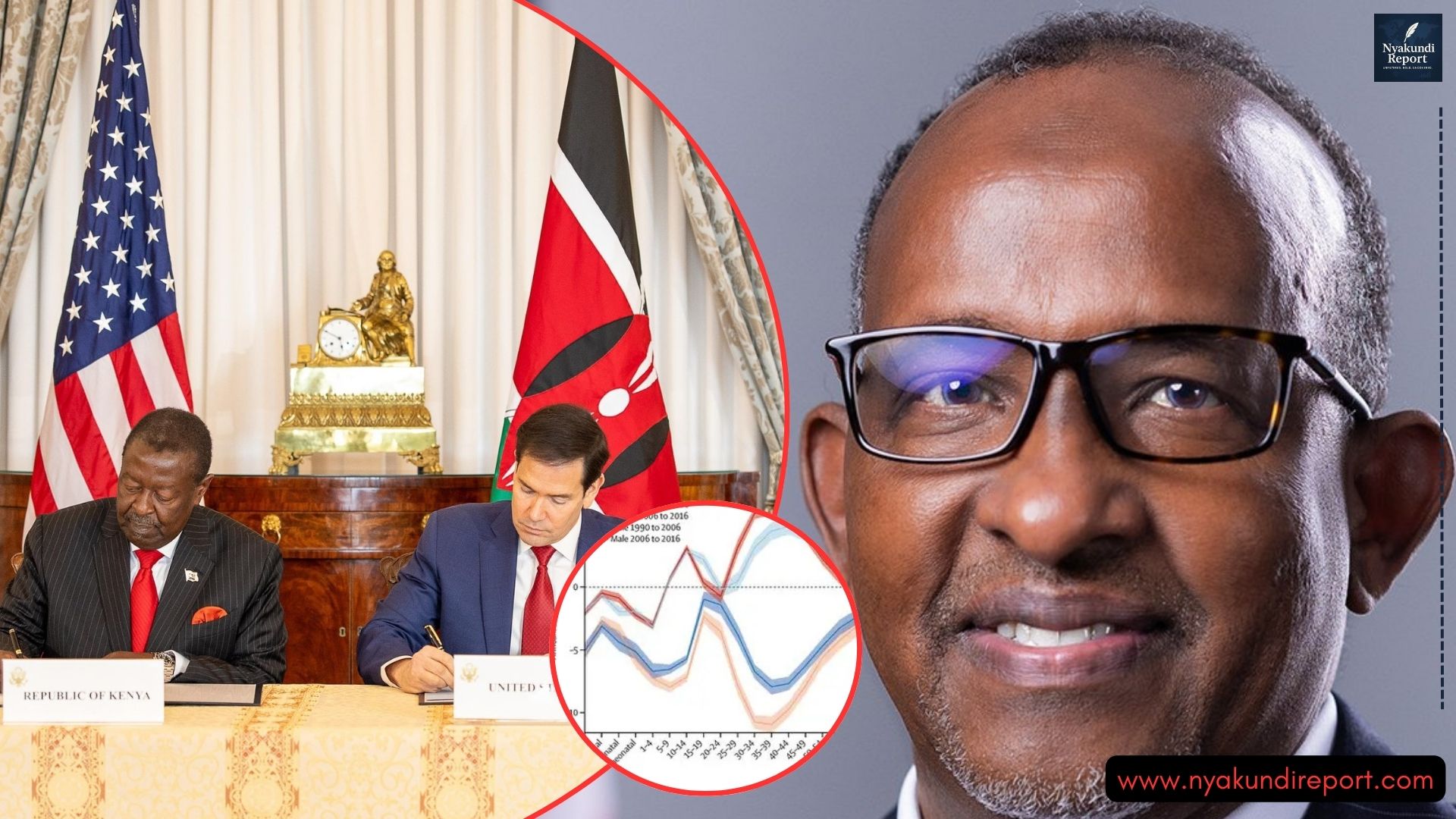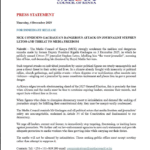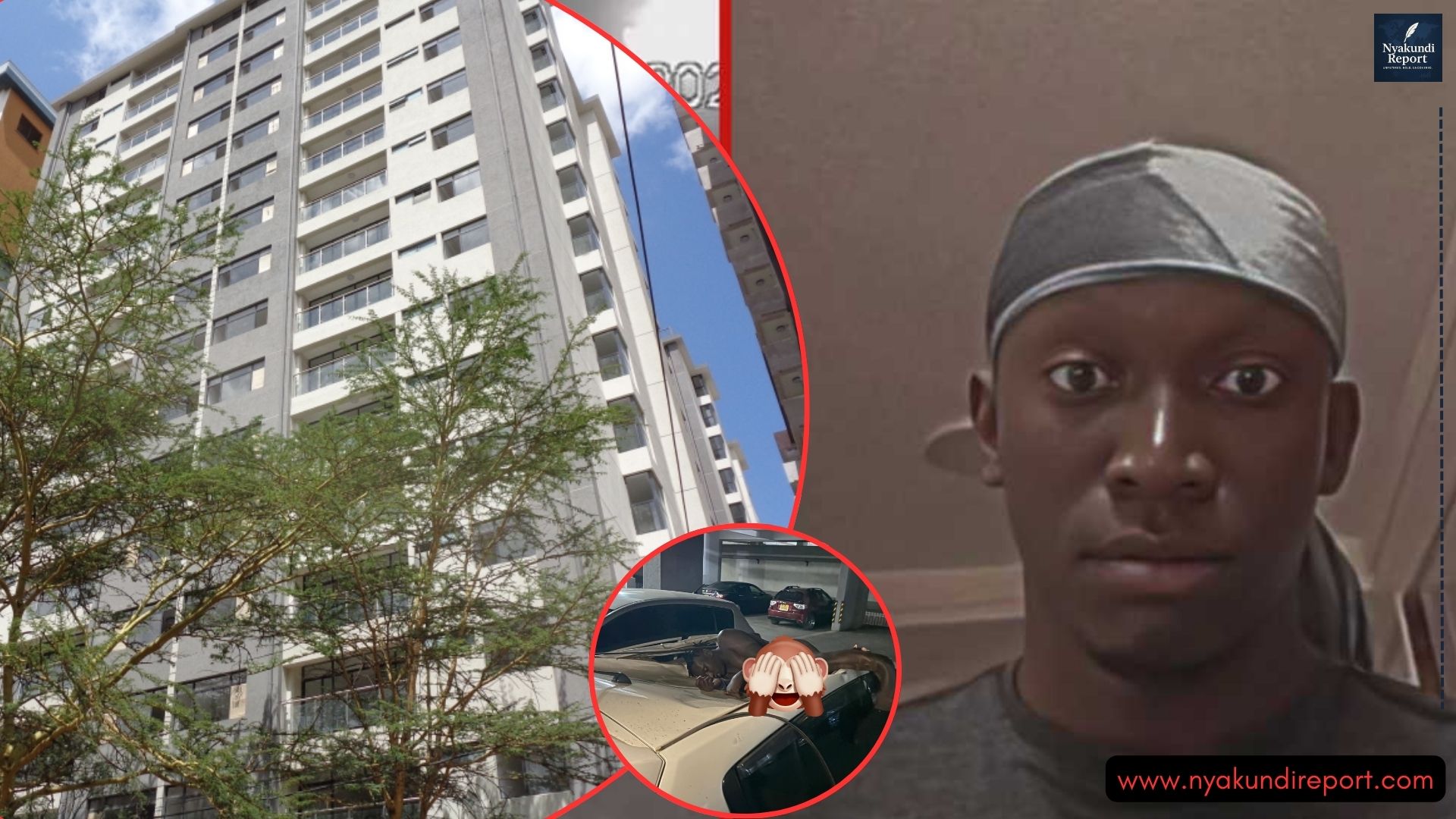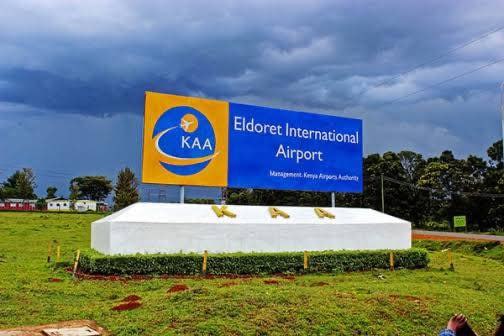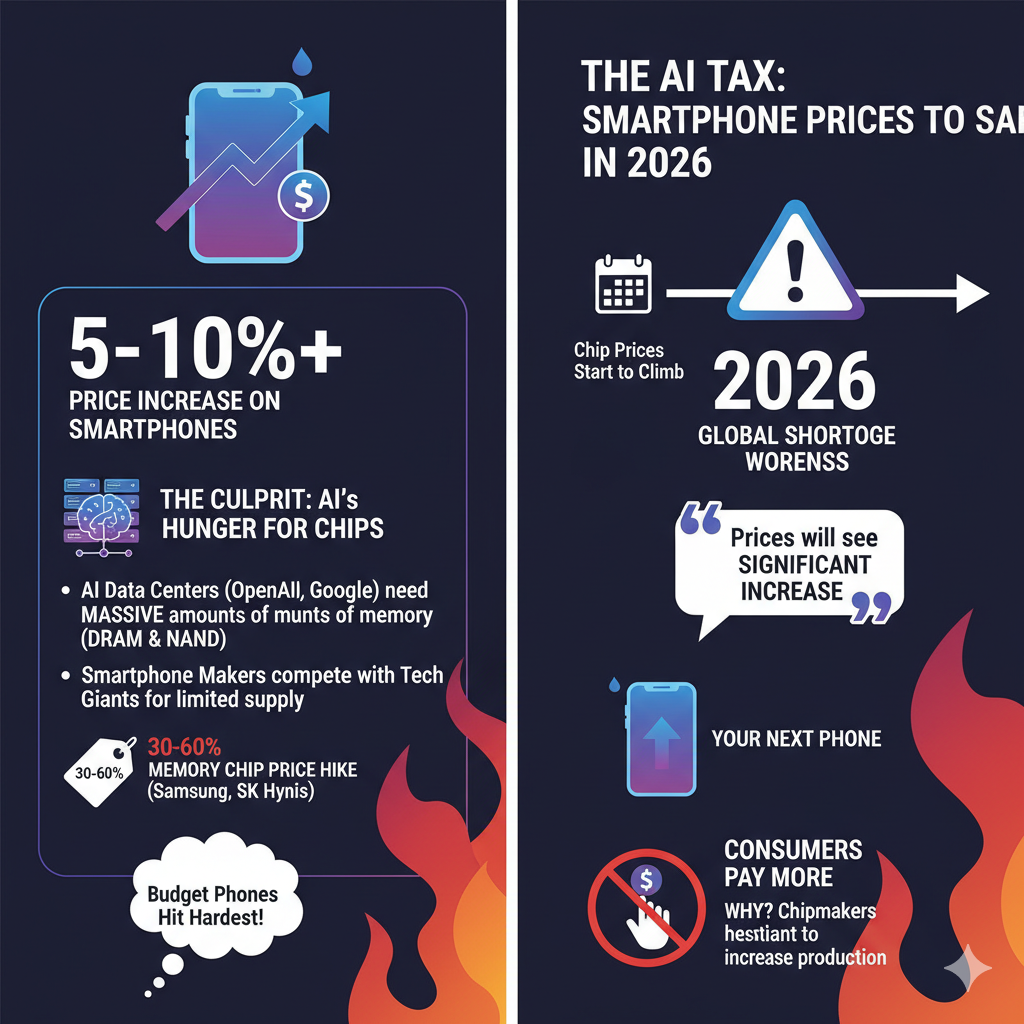The Kenya Revenue Authority (KRA) has launched a new digital platform called the Electronic Rental Income Tax System (eRITS).
This significant initiative is designed to simplify the process of filing, calculating, and paying the Monthly Rental Income (MRI) tax for residential landlords.
The new system is a key part of KRA’s strategy to expand the tax base and enhance compliance in the real estate sector.
And close the large gap between current and potential rental income tax collections.

Key Features and Purpose of eRITS
The eRITS platform aims to replace some of the complexity associated with manually filing MRI tax returns through the standard iTax portal by providing a dedicated, streamlined environment.
1. Simplified Digital Compliance
eRITS is a voluntary compliance tool that digitalizes the entire rental tax process.
It is designed to be user-friendly, allowing landlords to:
- Register Property Details: Easily input and update residential property information.
- Seamless Calculation: The system automatically computes the tax payable based on the gross rent declared.
- Filing and Payment: Generate and submit the monthly MRI tax return and complete the payment through integrated digital channels.
2. Integration with Government Platforms
A major feature of eRITS is its integration capability.
It is accessible through the eCitizen portal and the Gava Connect API, which supports real-time communication with KRA’s existing digital services.
This integration is expected to allow future linking with other land-related platforms, such as Ardhisasa.
So as to verify property ownership and rental details, significantly improving transparency and enforcement.
3. Focus on Monthly Rental Income (MRI) Tax
eRITS is specifically tailored for landlords and property managers who fall under the Monthly Rental Income (MRI) regime:
- Who it applies to: Resident persons (individuals or companies) earning residential rental income between Ksh 288,000 and Ksh 15 million per year.
- The Tax Rate: The current MRI tax rate is 7.5% of the gross rent received (a reduction from the previous 10% rate, effective January 1, 2024).
- Tax Finality: The MRI tax is a final tax, meaning taxpayers who comply do not have to declare this income again in their annual income tax return.
What This Means for Landlords 🏘️
The introduction of eRITS does not change the tax law itself, but rather the way landlords comply with it.
The Obligation Remains
The deadline for filing the MRI return and making the payment remains the 20th of the following month (e.g., rent received in January must be declared and paid by February 20th).
Ease of Compliance
For compliant landlords, the system is expected to:
- Reduce Administrative Burden: Less manual paperwork and simpler steps for declaration and payment.
- Minimize Errors: Automated tax calculation reduces the risk of incorrect filing.
- Streamline Annual Filing: Monthly returns filed via eRITS automatically feed into the taxpayer’s overall KRA records.
New Focus on Enforcement
The digitization and integration with other government platforms signal KRA’s ability to cross-reference data.
Landlords who previously operated outside the tax system may find it increasingly difficult to avoid detection as KRA leverages technology to gain better visibility into property income flows.
Key Requirements for Landlords
To use the system effectively and remain compliant, landlords should ensure they have:
- A valid KRA PIN.
- Accurate records of gross monthly rental income.
- Access to the eCitizen or iTax platform.
Who is Exempt from the MRI Regime?
While eRITS is for the MRI regime, it’s important to note the categories of landlords who are subject to the standard annual income tax return instead:
| Category | Tax Treatment |
| Commercial Property | Taxed under the normal individual or corporate income tax rates. |
| High Income Earners | Landlords earning above Ksh 15 million annually must declare the income in their annual income tax return. |
| Low Income Earners | Landlords earning less than Ksh 288,000 annually are exempt from the Monthly Rental Income tax. |
| Non-Resident Landlords | Subject to a Withholding Tax (WHT) on rent at a rate of 30%, which is generally deducted and remitted by the tenant or agent. |

